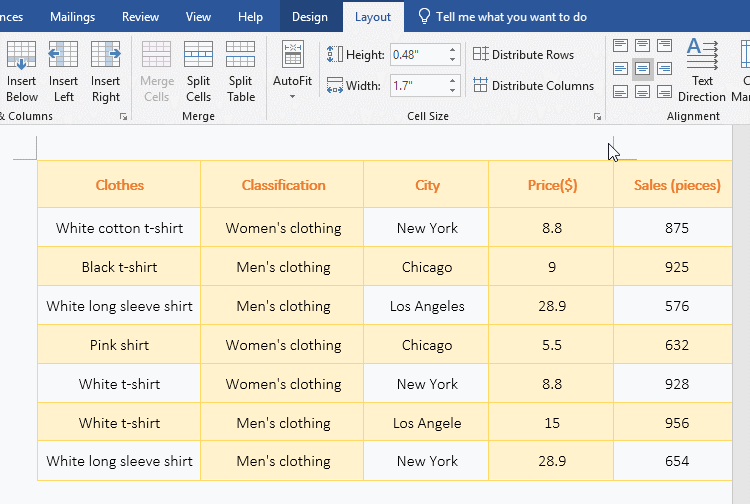
(If you don't cancel the selection set, then any changes you make on the screen continue to be made in all the selected worksheets.) This cancels the selected set of worksheets, and you can continue to work as you desire. When you are done, click on a single worksheet tab. As you adjust the row height for those rows, Excel automatically adjusts the row height for the same rows in each of the other selected worksheets. With all the worksheets you want to affect selected, select the rows within the worksheet you can see. If the worksheets you want to affect are not consecutive, click the tab for one of the worksheets and then hold down the Ctrl key as you click on the tabs for each of the others.

If you want to affect the rows in a series of consecutive worksheets, click the tab for the first worksheet in the series and hold down the Shift key as you click the tab for the last. You should see one for each worksheet in your workbook. Take a look at the worksheet tabs at the bottom of the program window. The trick to this operation is to simply make sure that you select all the worksheets you want to affect.


What he doesn't know (and needs to) is how to make row heights the same across several worksheets in the same workbook. Ron knows how to adjust the height of a group of adjacent rows.


 0 kommentar(er)
0 kommentar(er)
